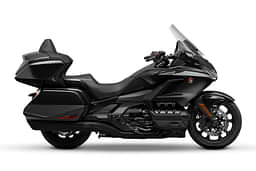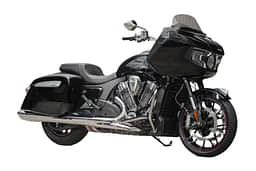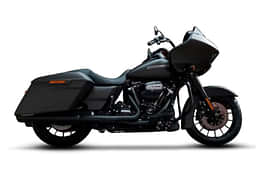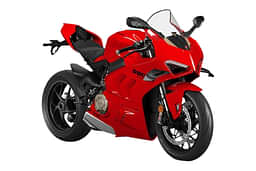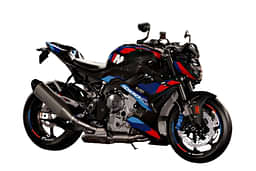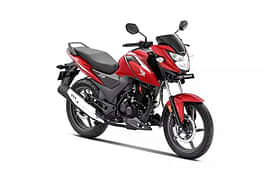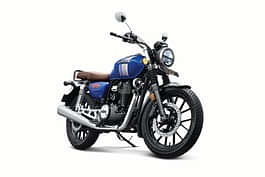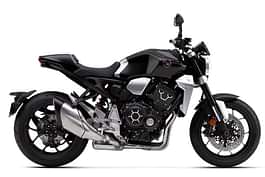
KEY HIGHLIGHTS
- Honda files patent for fuel tank mounted airbag system
- To detach from bike once inflated
- Read all details below
Honda has submitted a patent application for an innovative airbag system intended for its upcoming motorcycles. What's intriguing is that the design and mechanism of this system differ from the one currently featured on Honda's touring motorcycle, the Goldwing Tour. Before we get into the details, make sure to join our 91Wheels WhatsApp Group community of petrolheads for the latest automotive updates.
Also Read-Ola S1 Pro Gen 2 Receives PLI Certificate: All Details
Honda Files Patent For Fuel Tank Mounted Airbag System
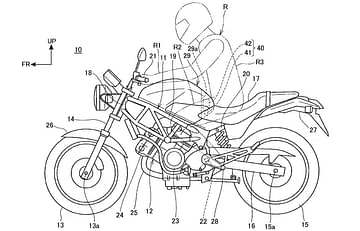
According to leaked illustrations, the recently patented airbag system is positioned at the rear of the fuel tank. Equipped with sensors, it is designed to detect crashes and trigger airbag deployment. What sets this system apart is its unique deployment pattern: the airbag will expand in a 'W' shape. The central section will rest against the rider's chest, while the outer limbs will extend under the rider's arms towards the back, resembling the appearance of a life jacket.
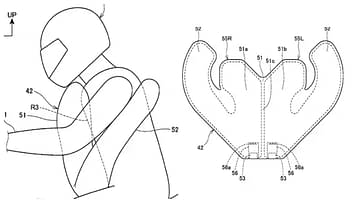
Another notable feature of this airbag system is its ability to detach from the motorcycle, seal itself to maintain inflation and remain wrapped around the rider, providing protection even if they are ejected from the bike. This rapid response occurs within a fraction of a second.
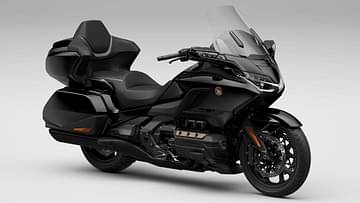
The airbag deployment mechanism on the Goldwing resembles that of cars, offering frontal protection for the rider. Its design is tailored for use on large motorcycles with substantial front ends. However, the newly patented system suggests that Honda's upcoming airbag technology can also be adapted for installation on more conventional naked motorcycles.
Also, Read- Bajaj Pulsar NS400 Launch Slightly Delayed In 2024: Know What's Ahead!

Honda's most recent patent focuses on the intricacies of the separation system, demonstrating how the airbag disengages once the internal pressure balances with that of the two inflators. This design prioritizes simplicity to minimize costs and guarantee consistent operation without the need for numerous electronic or moving components. Consequently, even after extended periods of inactivity, the system can be depended upon to function effectively when activated.
Verdict
Honda's flurry of patents on this motorcycle airbag concept suggests a serious R&D effort, potentially aligning with their 2050 goal of zero fatalities in their vehicles. How soon can we expect to see this turning into a reality is still something that remains to be answered.
